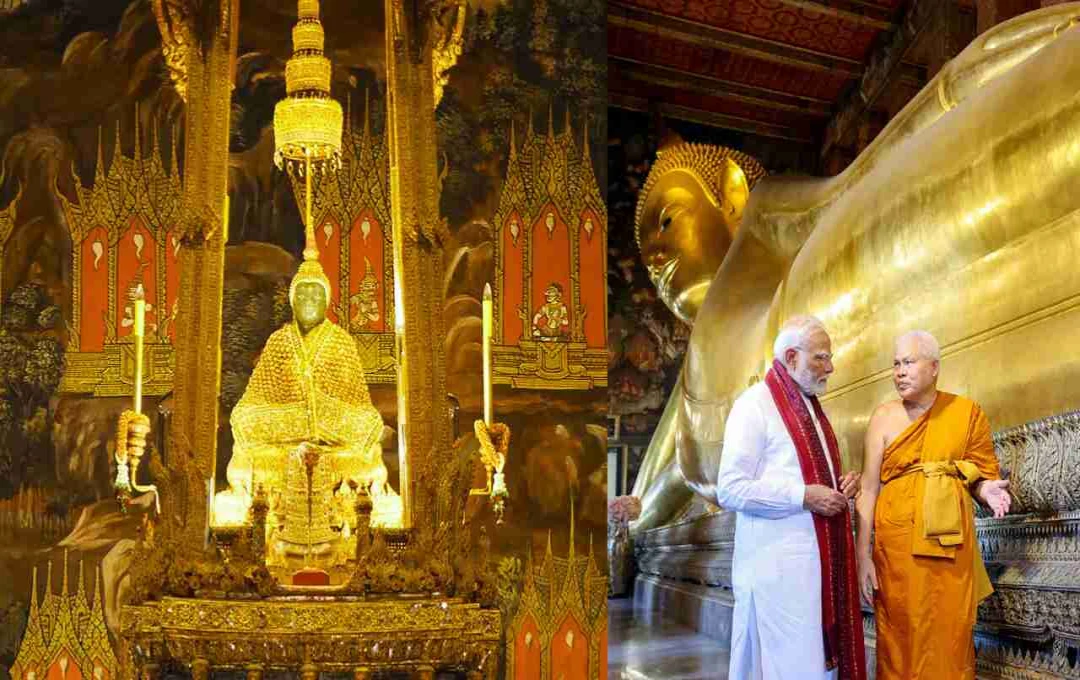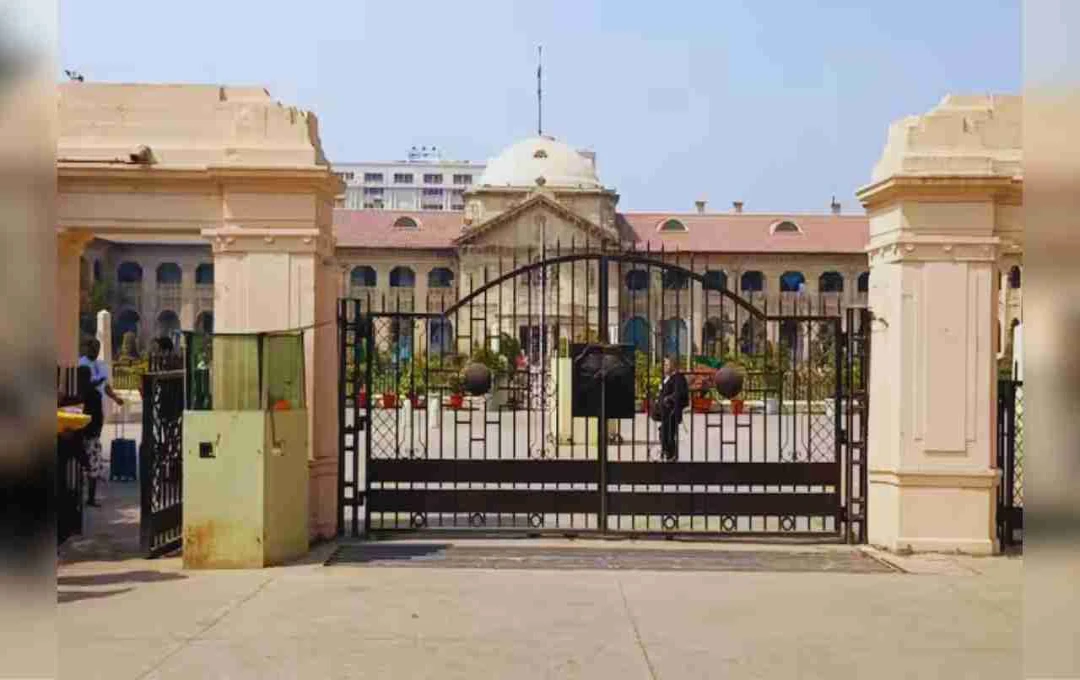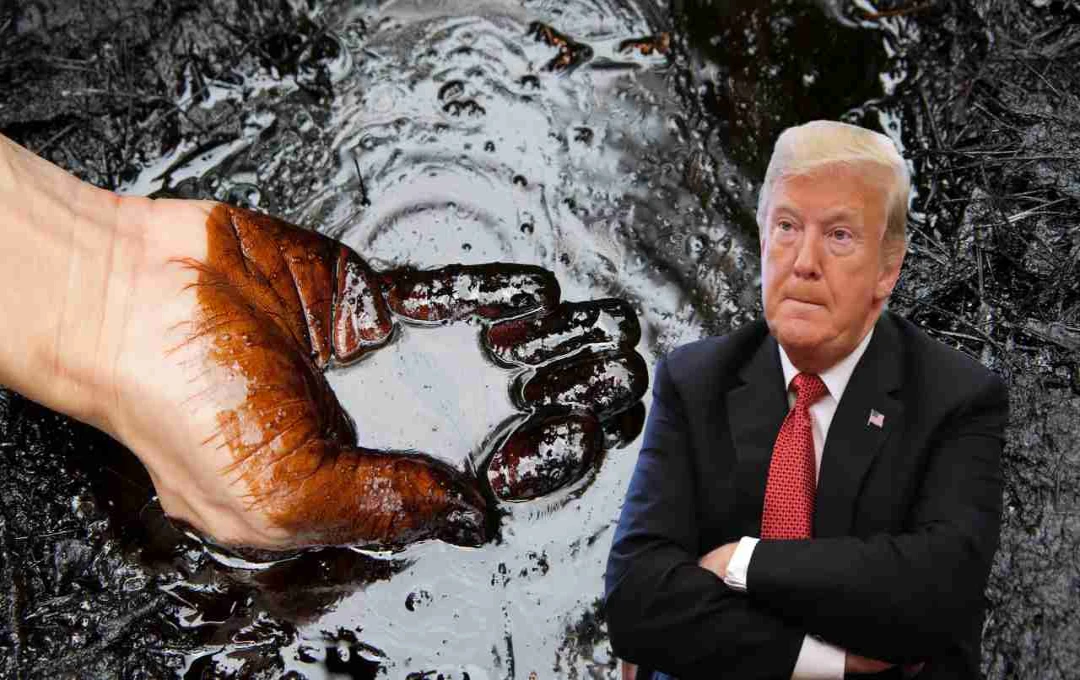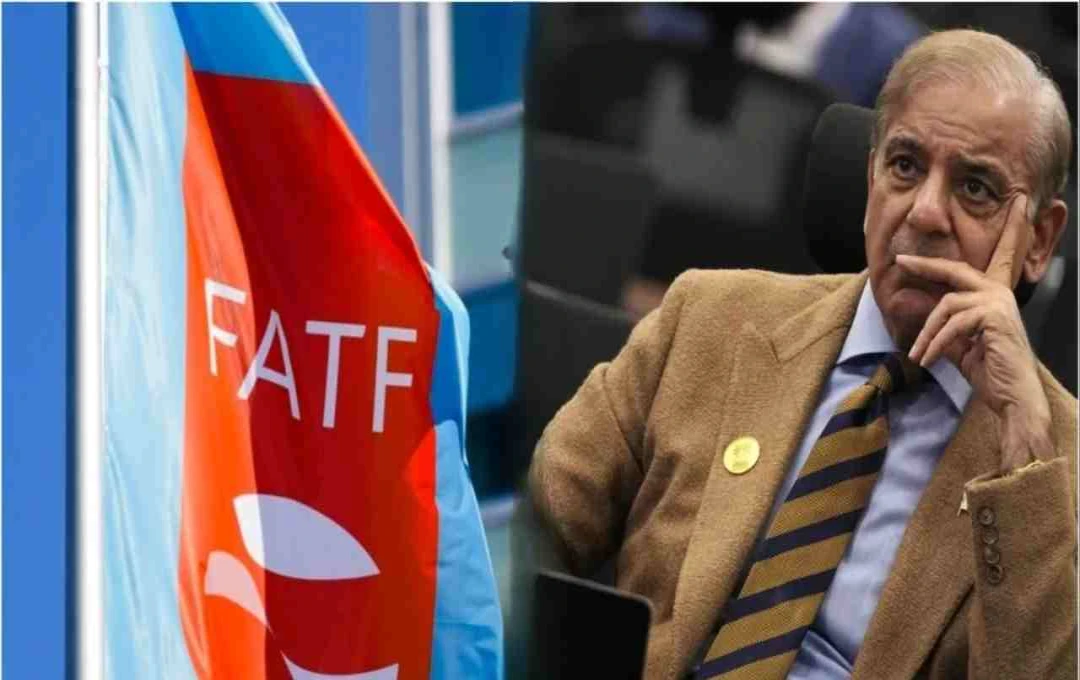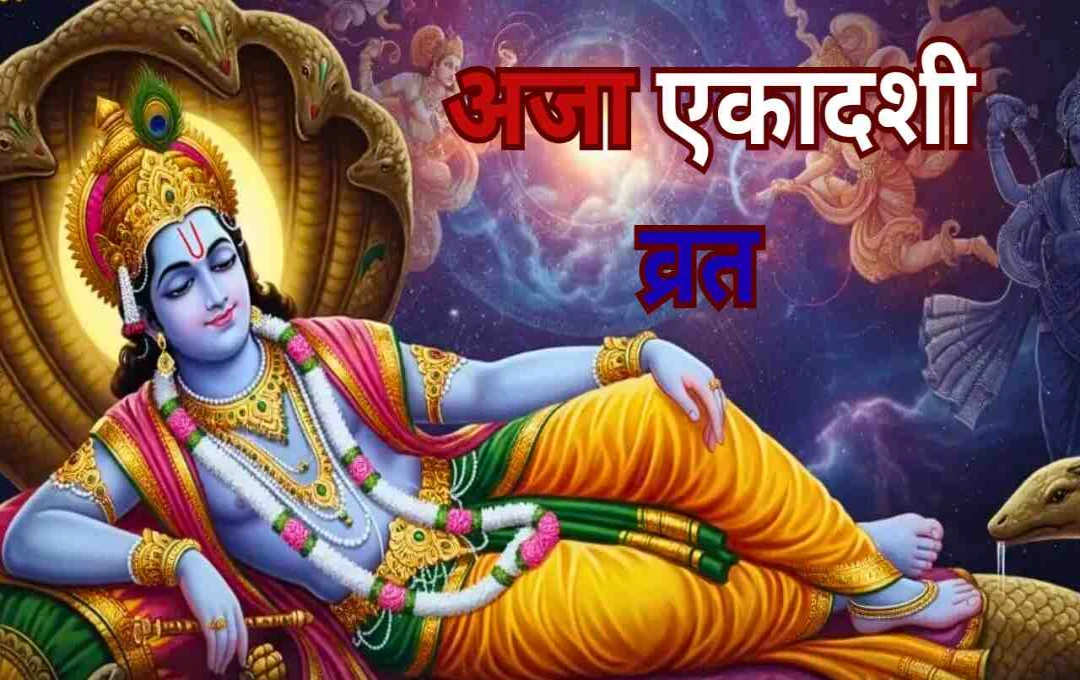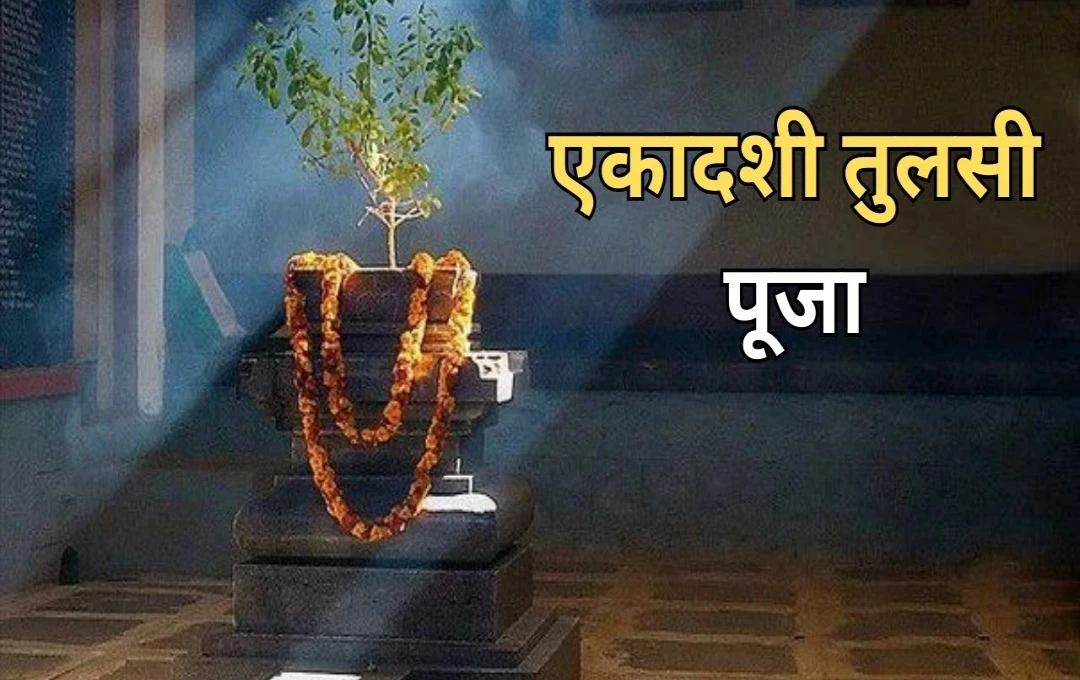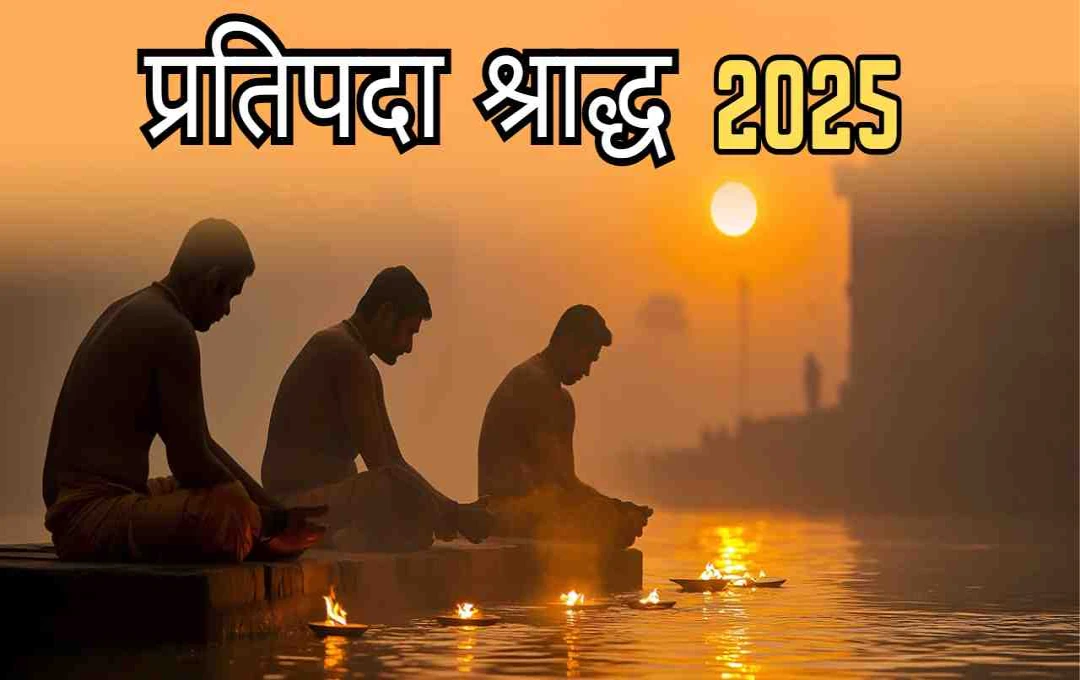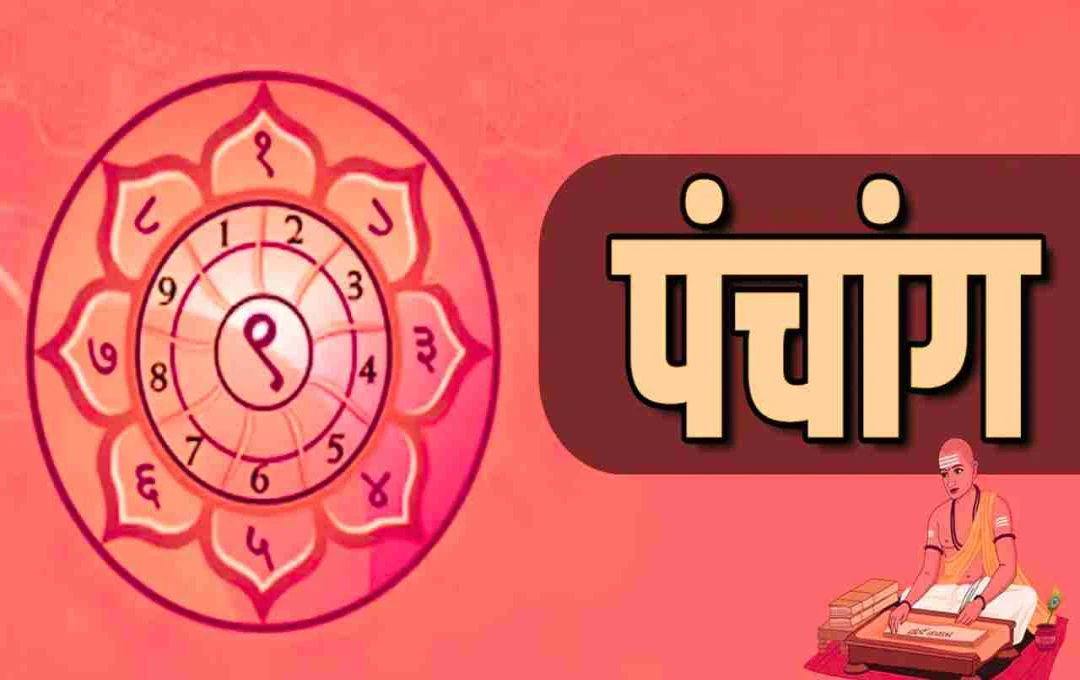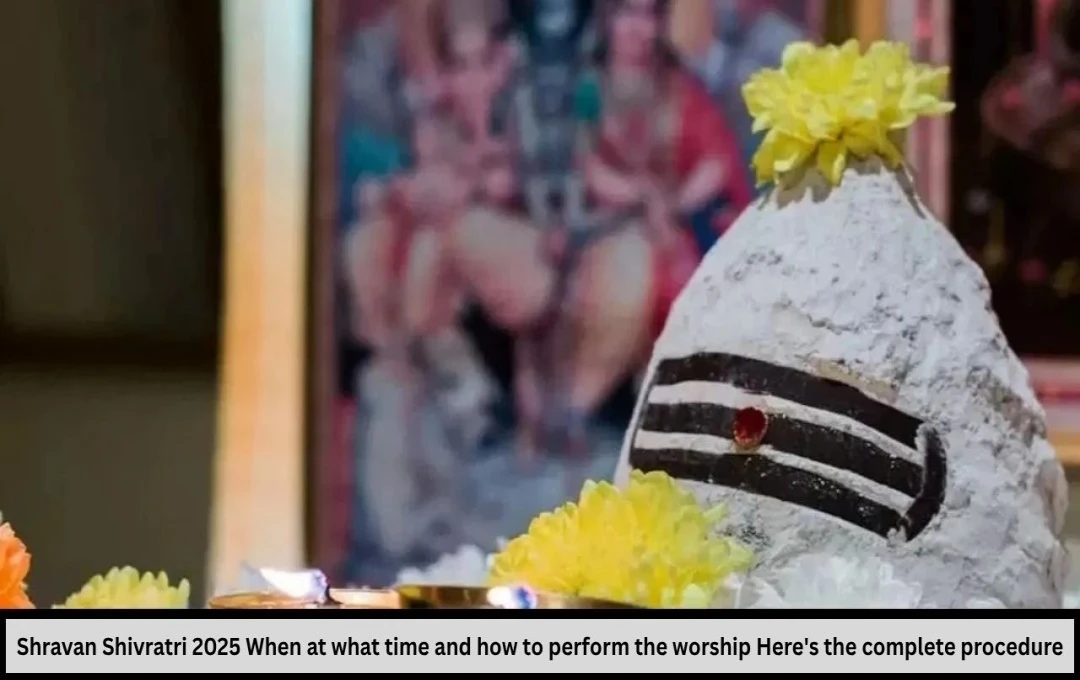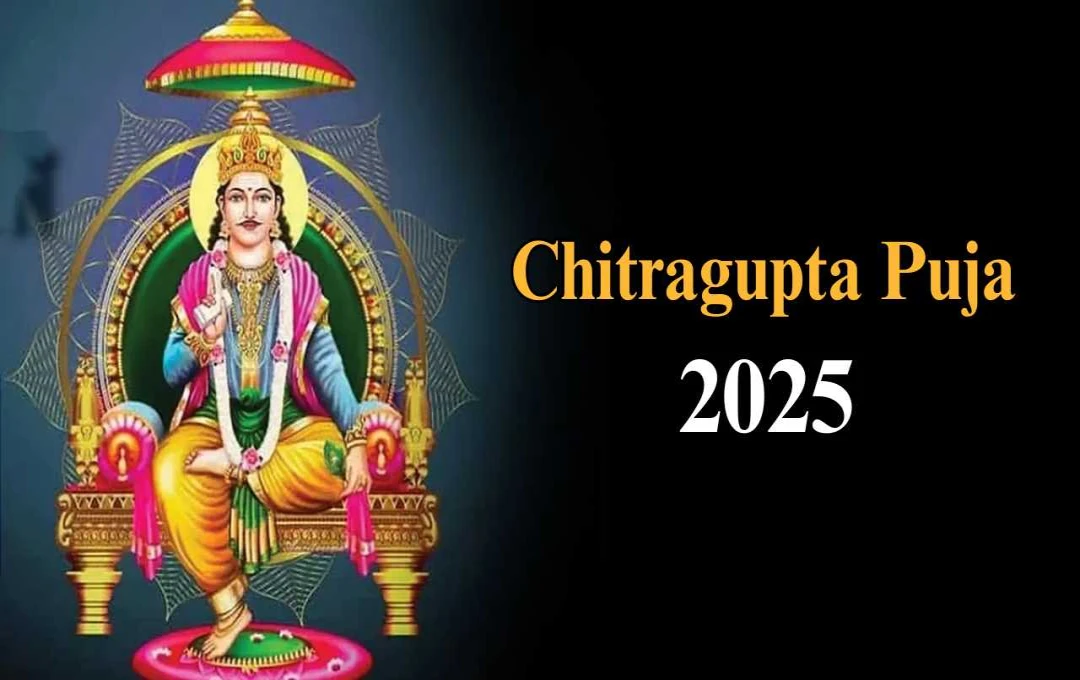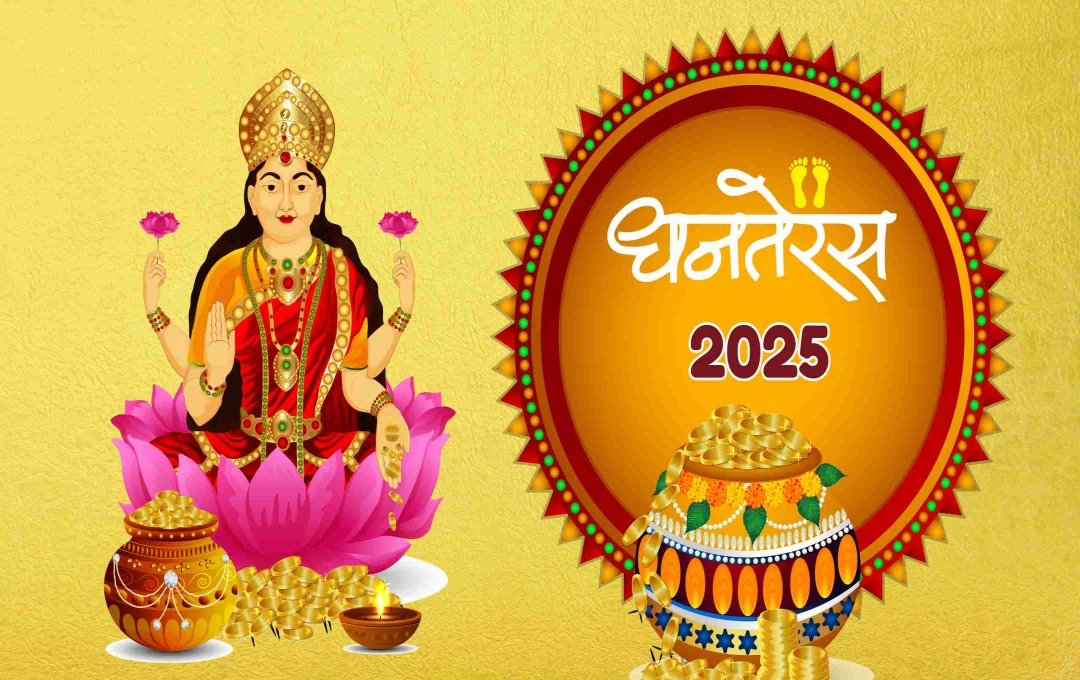When you hear the name Thailand, you think of vibrant markets, nightlife, and tourism, but amidst this modernity, there is a place where thousands of years of faith breathe every day. This is Thailand's famous "Wat Phra Kaew," or the Temple of the Emerald Buddha, considered an integral part of Thailand's religious and cultural history. This temple is not only uniquely magnificent, but the green Buddha statue enshrined here makes it special.
The Statue Made of Jadeite Stone is Installed in the Temple
Although it is called the 'Emerald Buddha,' it is actually made not of emerald but of a rare and valuable green stone called jadeite. The statue is relatively small in size, about 26 inches high, but its religious and emotional significance is immense. For the Thai people, this statue is considered a symbol of the nation's security and prosperity.
The Method of Worship is Completely Different
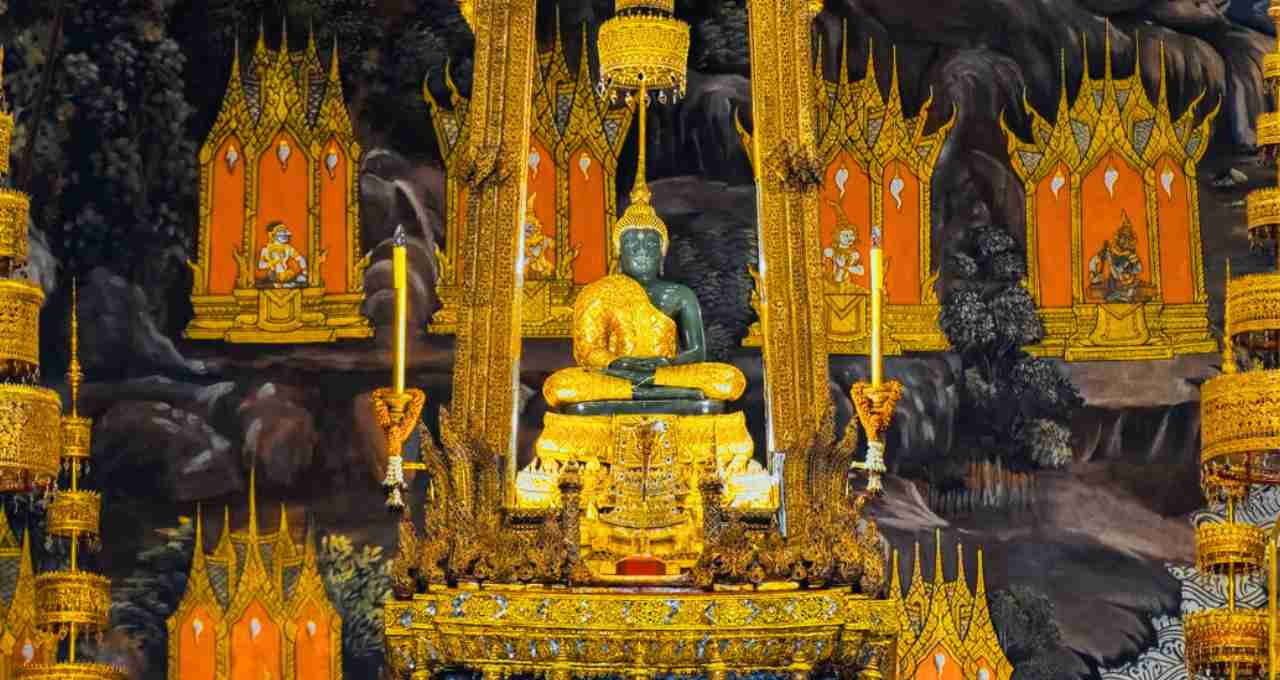
The worship of the Emerald Buddha is completely different from the common method of worship. No flowers or offerings are presented here. In the temple, devotees only pray silently or express their reverence by burning incense. No one is allowed to touch the statue, and even monks do not reside in the temple. This place is used entirely like a royal chapel, where religious rituals are performed only on special occasions.
The Unique Tradition of Changing Clothes Three Times a Year
The most special tradition of this temple is the changing of the Emerald Buddha statue's garments. Three times a year, according to the season, the King of Thailand himself changes the statue's clothes. For summer, a gold-embroidered garment and a diamond-studded crown are worn; for the rainy season, special silk garments; and for winter, heavily embroidered garments are worn. These rituals are considered very religious, and changing them is considered an auspicious sign for the country.
Construction and History of the Temple
Wat Phra Kaew Temple and the Grand Palace were built in 1782 by King Rama I, the first king of the Chakri dynasty. When Bangkok was made the new capital, the king developed this place as an important center not only politically but also religiously. In 1784, he brought the Emerald Buddha statue from Laos and installed it here. After that, this statue became the most sacred Buddhist image in Thailand.
Where Did This Statue Come From?
According to historical beliefs, this statue first reached Laos from India or Sri Lanka, and from there it was brought to Thailand. Its journey took place amidst many dynasties and wars, but eventually, the statue was installed in Bangkok and has remained there ever since.
The Architecture of the Temple is Worth Seeing
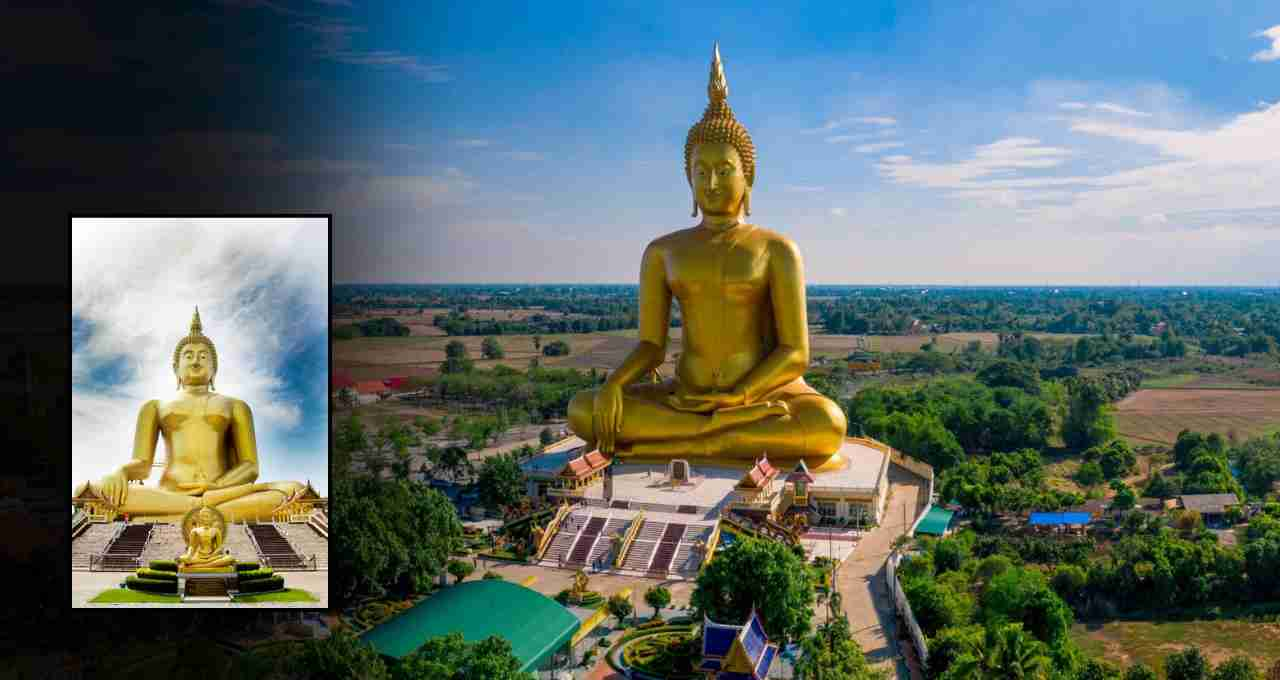
The magnificent architecture of Wat Phra Kaew is a beautiful blend of Thai, Indian, Sri Lankan, and Lao traditions. The temple complex features glittering stupas, carved pavilions, colorful murals, and gold-adorned pillars. Every corner appears to be filled with history and devotion. Here, paintings based on different mythological stories are also often seen.
A Combination of Grandeur and Reverence
Located in the Grand Palace complex, this temple is always filled with tourists and devotees. The grandeur of the temple attracts people, while the peace and divinity here soothe the soul. This temple is not just a thing to see, but a place to feel.
The King's Role is Still Important Today
Although the role of the monarchy has become limited in modern times, the King in Thailand still plays an important role in the religious rituals associated with this temple. Whether it is the tradition of changing clothes or special worship, all these tasks are performed by the King. This tradition also declares the King as the protector of religion in Thailand.
The Center of Faith of the Thai People Towards the Buddha
Buddhism is mainly prevalent in Thailand, and the Emerald Buddha receives the highest respect here. For every citizen, this temple is a center of pride and reverence. People come here with the desire for freedom from the difficulties of life and for peace and happiness.
